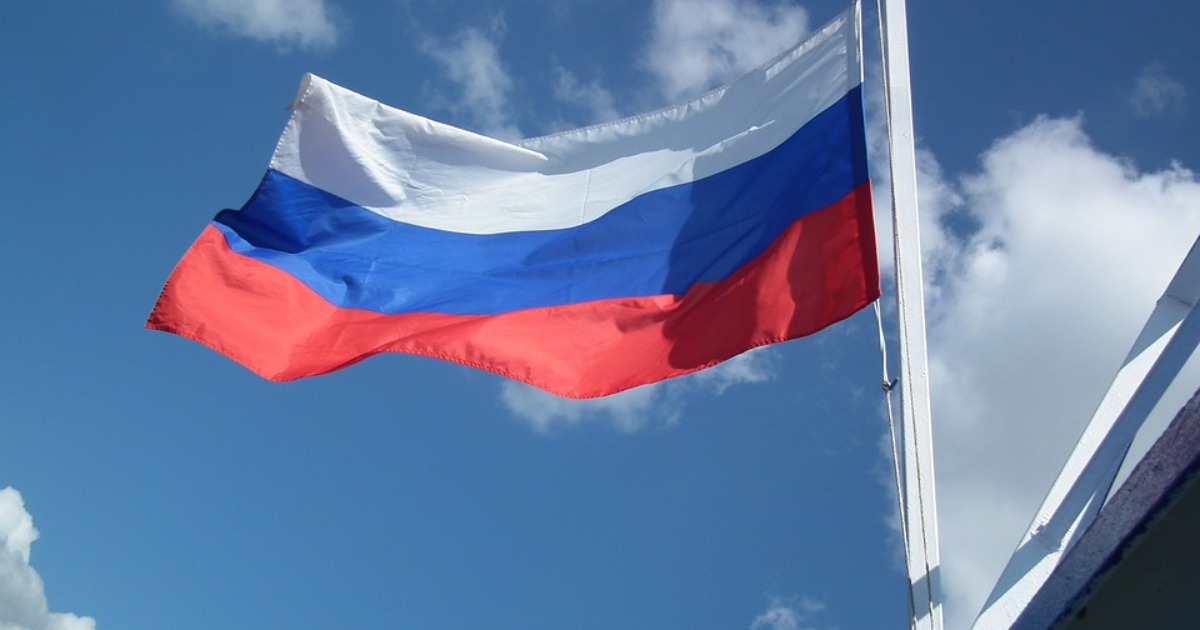Russia Through the Vodka Glass
Can Russia’s recent history be explained through a vodka glass?
August 1, 2014

This is part one of a three-part Globalist series on vodka’s impact on Russia.
Many nations of the world are associated with their favorite poison. The French are forever linked with red wine. The Germans are inconceivable without a mug of their favorite beer. The Irish go hand-in-glove with whiskey.
No prizes for guessing what alcoholic beverage the Russians are most fond of. It's vodka, of course. The drink seems to be as old as Mother Russia herself. And it appears as if every Russian imbibes it first with his — or her — mother's milk.
▪ Pt. 1: Russia Through the Vodka Glass
▪ Pt. 2: Sobering Up the USSR
▪ Pt. 3: Market Riches After Communism
So, it might come as a surprise to learn that vodka as we know it today was invented relatively recently — in the 19th century.
And that the inventor of modern vodka — who discovered in 1894 that the stuff is best when it is exactly 40% alcohol (80 proof) — was the world-renowned chemist Dmitry Mendeleev.
Professor Mendeleev is otherwise known around the world for compiling the Periodic Table of Chemical Elements.
Not that Russians did not drink vodka before Mendeleev. The first mention of vodka in Russian history dates back to 1386. It was brought there by the Italians.
True, when vodka assumed its modern 40-degree strength, it represented a major shift in the alcoholic content of the drink.
But perhaps the most significant shift in vodka consumption occurred as a result of the Bolshevik Revolution. The revolution’s grand design was to transfer to workers and peasants the means of production — which, in turn, was supposed to remove exploitation.
That exploitation and alienation, according Lenin and his cohorts, was the main cause of excess drinking in pre-revolutionary Russia.
The planned economy of vodka
But — wouldn't you guess? — Russians kept drinking even more under communism. Except that the business of distilling and selling vodka very quickly began to reflect the political and economic peculiarities of Soviet society.
For example, in the 1960s, there were only two varieties of vodka on store shelves at any one time — one slightly cheaper and the other a bit more expensive.
Both cost around 3 rubles. The cheaper brand, Moskovskaya, cost Rb 2.87, which included a 12-kopek deposit for the bottle.
The more expensive brand, known around the world as Stoli — Stolichnaya — went for Rb 3.12. Those two price tags were known by heart to every Soviet citizen — man, woman and child.
Both brands came mainly in half-liter bottles which, once opened, could not be recapped. That, more than anything else, reflected prevailing Soviet mores at the time.
Troika’s a charm
You see, in line with the collectivist ethos of communism, most people drank vodka in groups of three.
In front of a food store where vodka was sold, you would likely see disheveled men trying to put together a troika. Each would contribute a ruble — and the half-liter bottle yielded exactly three glasses.
Arranged in that communal way, you never really needed to recap the stuff. Since a bottle of vodka cost around three rubles, that number also became the common price of all types of goods and services — from fixing a leaky faucet to buying a truckload of stolen logs for your wood-burning stove.
Still, this being the Soviet Union, there were plenty of rules and regulations concerning the national drink. For example, vodka was sold only starting at 11 am — and the last store closed no later than 11 pm.
But then again, there were numerous ways around all those rules. For example, taxi drivers could sell you a bottle of vodka at any time of day or night — with a hefty mark-up, of course.
Many people believe that it was U.S. President Ronald Reagan — and his uncompromising stance against the Evil Empire — that finally broke the back of communism. This is probably a mistaken view.
Creeping capitalism profiting from vodka
The collapse of communism was slow. In my view, the first signal appeared in the early 1970s — when the Soviet government suddenly raised the price of a bottle of vodka.
You see, the government — with its monopoly on trade in alcohol — always made a lot of money on the sale of the stuff. At the same time, it also fought a battle against drinking.
After all, vodka cost countless man-hours in lost work — and resulted in numerous workplace accidents, highway fatalities and illnesses.
But toward the start of the 1970s, the Soviet government realized that there was nothing it could do about the supposedly enthusiastic "builders of communism" imbibing huge quantities of vodka.
Hence, the Soviet government figured it might as well make more money off the habit.
There was, however, a problem. Along with alcholism, communism was supposed to have eliminated numerous other capitalist ills, such as inflation. So, the government could not just raise the price of a bottle of vodka.
Instead, it decided to remove the familiar brands — the Stoli and the Moskovskaya — and instead rolled out two new ones. The only problem was that they cost Rb3.62 and Rb4.12, respectively — a price hike of around 25% to 30%.
This made it a lot more inconvenient to get together in groups of three — each person now had to contribute a ruble and significant change, instead of just a ruble bill, as had been the case in the past.
Moreover, the new brands were much worse in quality.
As goes vodka, so goes the economy
But by far the worst consequence was the slow, vodka-led onset of creeping inflation. Remember, the price of a vodka bottle had a significant multiplier effect throughout the entire Soviet society and economy.
As a result, you now had to pay more for all those small services or stolen goods. As the price of vodka rose, so did all those other prices.
Inflation, as economists know, slowly eats the economy from the inside. As inflation made its way through the economic system, it severely undermined and weakened it.
When Mikhail Gorbachev — the last communist party boss — finally started on his courageous program of economic reforms, the whole seemingly solid edifice of the Soviet economy collapsed around his ears.
But it had already been undermined by decades of vodka-led inflation.
Takeaways
Read previous

Can China Maintain Social Peace?
August 1, 2014
